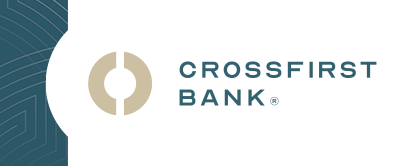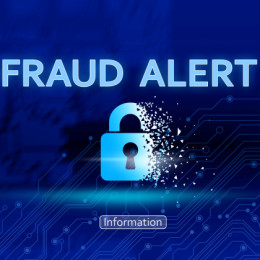
Phishing scams, a pervasive issue in the digital age, are fraudulent attempts by scammers to extract personal information, such as passwords and credit card numbers, by masquerading as a trustworthy entity. Individuals and organizations alike are targeted through various means, including phone calls, text messages, email, and social media. Understanding these scams and adopting preventive measures are crucial for safeguarding personal and sensitive information.
Scenario: The Scammers Claim to be Your Bank
One scenario involves receiving a phone call, text, or email purporting to be from your bank. It often comes from someone claiming to be in the fraud or customer support department. If it’s a phone call, the phone number may be “spoofed” so that the caller ID states that it’s coming from your bank. The communication urgently requests verification of your account details, warning of a potential account suspension. If it comes as an email, the information may contain a link redirecting to a website eerily similar to your bank's official site. However, upon closer inspection, minor discrepancies in the URL or webpage layout reveal it as a phishing attempt. In such instances, direct communication with your bank through official channels is paramount to verify the legitimacy of the request. If it’s a phone call, the caller may ask for sensitive information such as your social security number, date of birth, account numbers, PIN, and more. A caller may even ask that you provide your digital banking username and password, and for the secure two-factor authentication access code that you receive via email or text. Understand that your bank will not contact you and request confidential information.
Scenario: The Scammers Claim to be a Popular Retailer
Another scenario involves an online shopping destination. You receive an email or text claiming that a recent purchase has been flagged for suspicious activity and prompts you for immediate action. The communication looks official, complete with logos and formatting resembling the retailer. It directs you to a webpage asking for your login credentials to "secure" your account. Here, awareness that reputable organizations never solicit personal information via email or text is crucial for recognizing the deception.
Tips to Protect Yourself
To protect yourself from phishing scams, vigilance and informed practices are key:
- Always Verify a Contact: If you receive an unexpected request for personal information, directly contact the company through verified means, such as a phone number from their official website. Do not use a phone number contained within the potentially fraudulent communication.
- Learn About Phishing Tactics: Awareness of common phishing techniques and staying informed about new tactics can help you identify and avoid scams.
- Use Security Software: Employ comprehensive security solutions that offer real-time protection against phishing and other types of cyber threats.
- Enable Multi-Factor Authentication (MFA): MFA adds an additional layer of security, making it harder for attackers to gain unauthorized access to your accounts.
- Check URLs Carefully: Look for subtle misspellings or domain changes (e.g., `.net` instead of `.com`), which may indicate a phishing attempt.
General
March 27, 2024 by CrossFirst Bank

